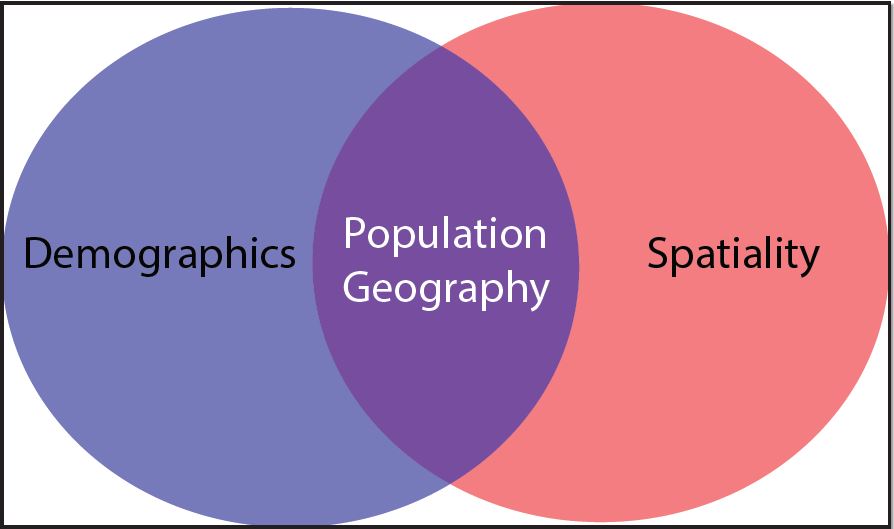David Dorrell

Figure 2.1 | Population Geography
Author | Corey Parson
Source | Original Work
License | CC BY-SA 4.0
STUDENT LEARNING OUTCOMES
By the end of this section, the student will be able to:
- Understand: the spatial organization of the human population
- Explain: the dynamics of population as they are reflected in fertility, morbidity, and mortality
- Describe: the relationship between population and other spatial phenomena such as living standards, agriculture, and health
- Connect: development, migration and population as a fluid self- balancing system
CHAPTER OUTLINE
2.1 Introduction
2.2 Thinking About Population
2.3 Population and development
2.4 Population is Dynamic
2.5 The Demographic Transition
2.6 Measuring the Impact of Population
2.7 Future Population
2.8 Geography of Health
2.9 Summary
2.10 Key Terms Defined
2.11 Works Consulted and Further Reading
2.12 Endnotes
